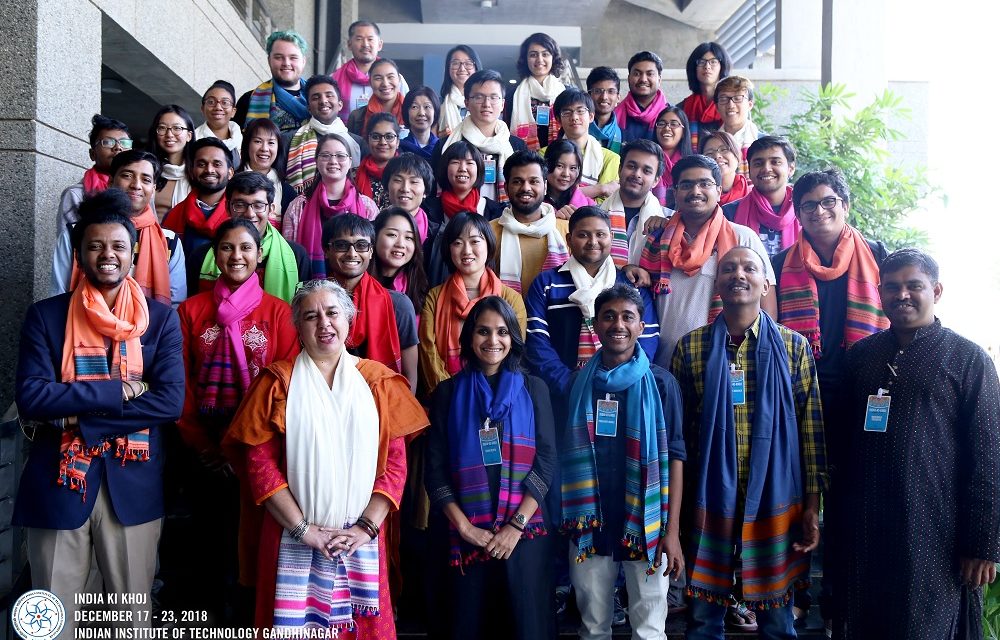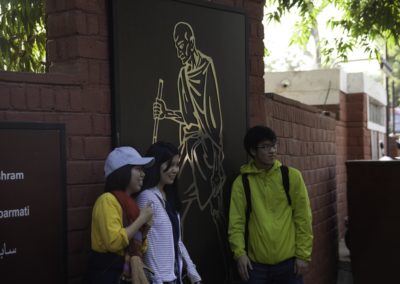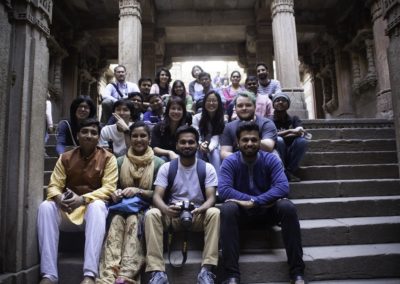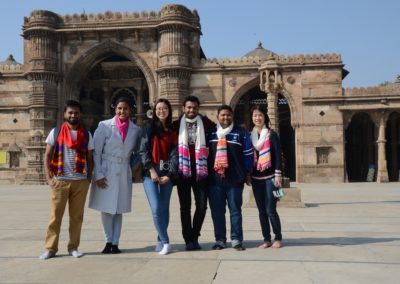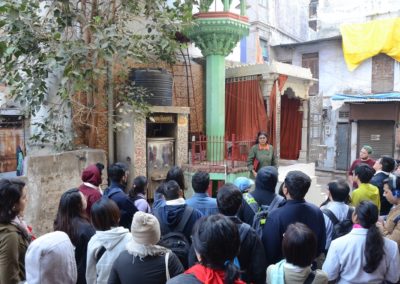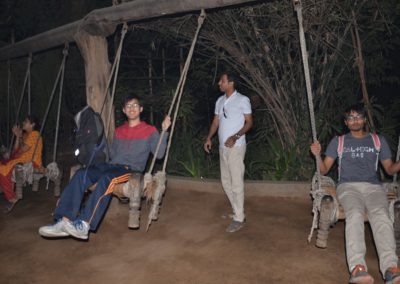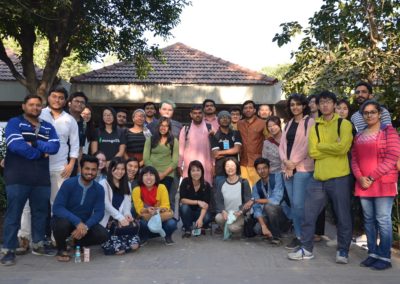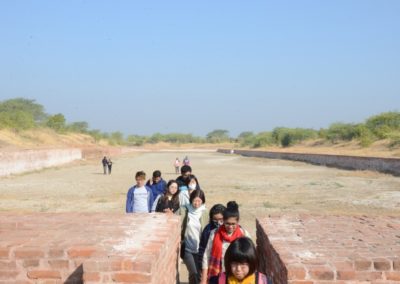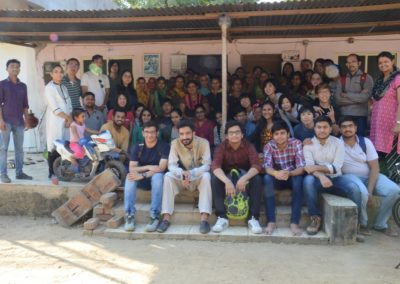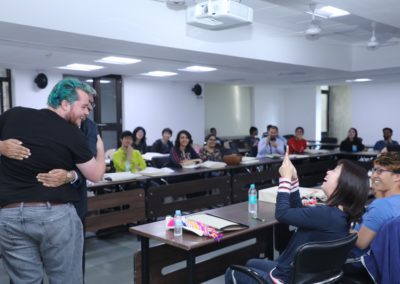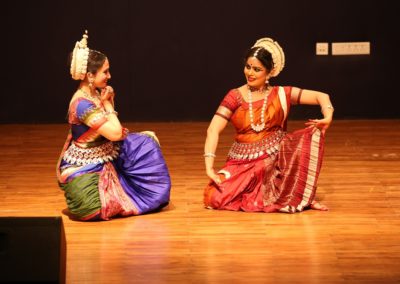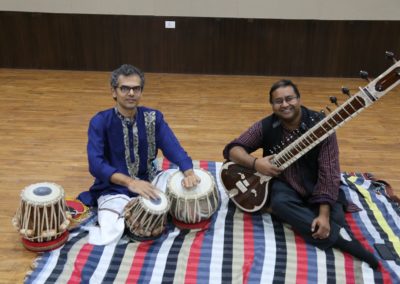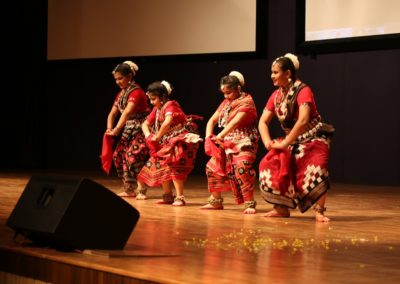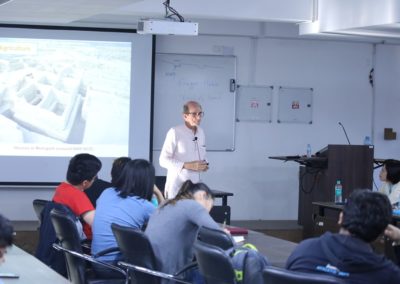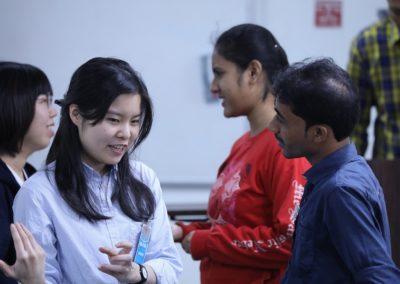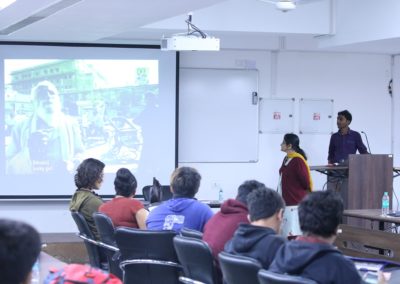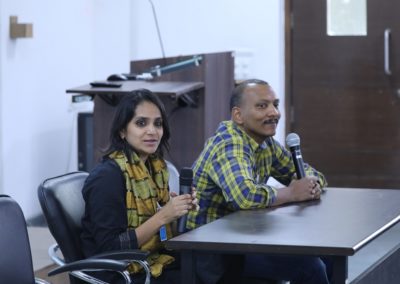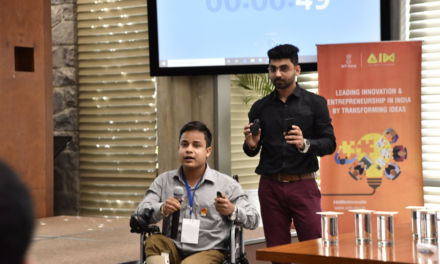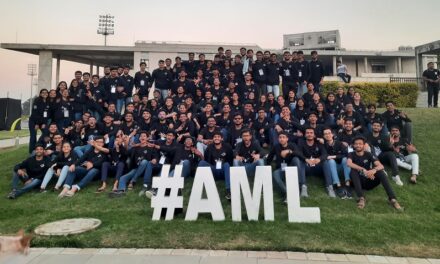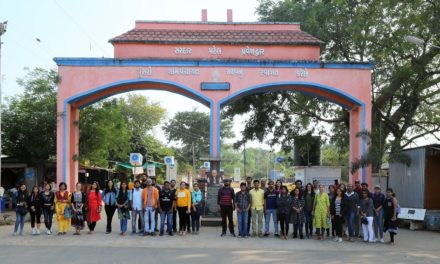A truly vibrant and exuberant cultural exchange marked the week-long India ki Khoj immersions programme at the institute. Thirty-nine (39) students from California Institute of Technology (Caltech), Japan Advanced Institute of Science and Technology (JAIST) and IITGN connected during the seventh edition of the first-of-its-kind programme at IITGN. Started on December 17 this year, it had 10 participants from Caltech, 10 from JAIST and 19 from IITGN.
The students got to know India and its social, cultural, political fabric through a number of activities which included academic lectures, cultural events and field visits designed to explore and appreciate the many ideas, imaginations and realities that constitute India in the past and present. India ki Khoj 2018 started with a lecture on Reading Ramayana in the 21st Century by Arshia Sattar, an independent scholar and author from Bengaluru, followed by Odissi classical and folk dance performances.
Glimpses from the field visits…
Kana, a student of laser optics from JAIST, appreciated the lecture on Linguistic Landscapes of India, by Prof Nishaant Choksi, a linguistic anthropologist at IITGN. She remarked, “I was fascinated to learn that there are 22 official languages in India whereas in Japan, we have only one official language. I found India very colourful!”
The participants also took a Heritage Walk in old Ahmedabad, visited Gandhi Ashram, Lothal, Sarkhej Roja, and enjoyed traditional Gujarati delicacies during their stay.
Alyssa, a student of Planetary Science from Caltech said that “I got to know a lot of things which I may not have learned in the American history program. The issue of the caste system in India has similarities with the racism issues in the US.”
Kaushik, a student of Material Science in IITGN defined the lecture on caste as mind-changing. Speaking about the visit to old Ahmedabad and Lothal, he said, “It was great to visit the places to personally see what we have heard or studied, to know how the society worked and city planning was done during Indus Valley Civilization.”
It is one of the rare opportunities to come to India and know the Indian culture. Talks were really useful to know socio-political and cultural aspects of India. The exchange of dialogues between various students here enabled me to learn nuances of different cultures. I also liked the field visits and walking in the IITGN campus.
NerysProf Mona Mehta, assistant professor in Humanities and Social Sciences at IITGN and one of the coordinators for the programme said, “In addition to giving a glimpse of the complex society and history of Indian society and culture, India ki Khoj also facilitates cultural exchange between participating students, as they have an opportunity to understand the different cultural background of each other in a better way.”
The programme had lectures on Introduction to Shramanic Religious Traditions by Manisha Sethi from Jamia Milia Islamia University; The uniqueness of Indian Islam by Syeda Hameed, women’s rights activist and writer from New Delhi; The Politics of Aspirations in India by Prof Mona Mehta of IITGN, Demonstration on Indian Classical Music Traditions by Srinivas Reddy of IITGN and Brown University and Rajeev Bhatt, Ahmedabad; Vernacular and Traditional Design in India by Jay Thakkar, CEPT University, and Harappan Civilization from Michel Danino, Visiting Professor, IITGN, among others.

